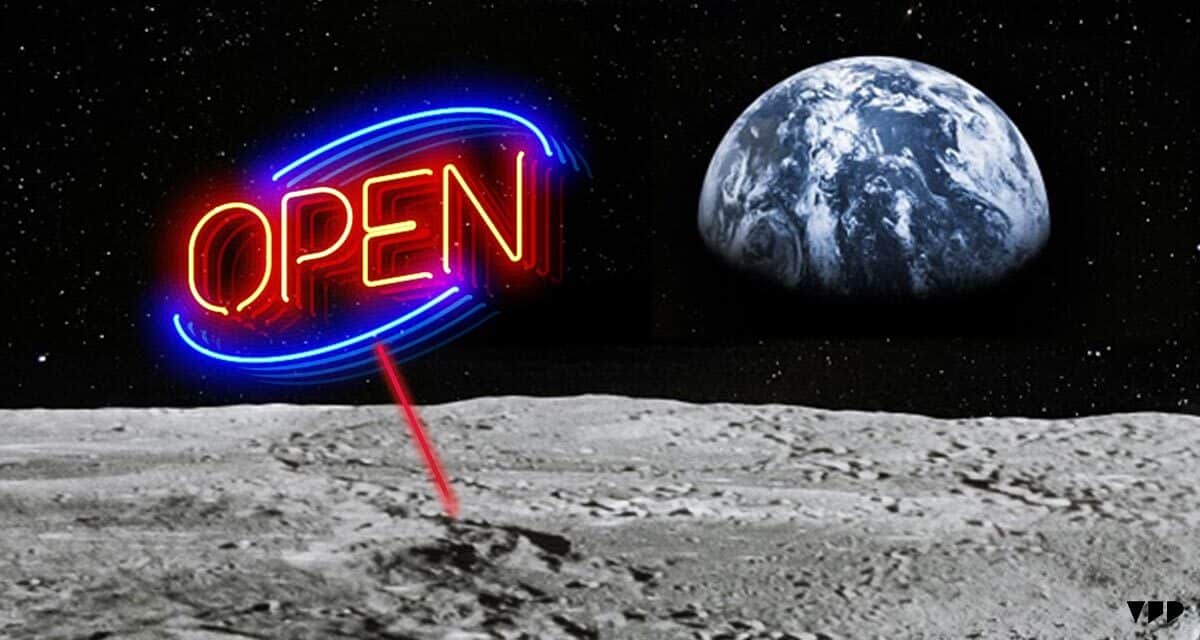How the world may divvy up the Moon
The Future. The 2020s may be the decade when humanity not only gets back to the Moon but sets up shop on the lunar rock and digs for its treasures. The problem, though, is that several countries and private companies are after the same goal, which creates issues of exclusivity, safety, and territorial control. It may take international cooperation on Earth — like current efforts by the UN — to keep the Moon peaceful.
Mining the Moon
According to Fast Company, we may all be racing to the Moon again, but we will have to work together to mine its resources when we get there.
- The Moon is chock full of valuable resources, including water (which can sustain life on the Moon and also be used to fuel rockets), neodymium (an element used in magnets), and helium-3 (which can be used to produce energy).
- Multiple countries and private companies have a collective 250 missions scheduled to go to the Moon within the next ten years, most of them to establish bases and start collecting these resources.
- Utilizing these resources is a critical step in using the Moon as a jumping-off point to explore the rest of the solar system.
There’s a major issue, though. Most of the resources are only abundant on certain sections of the Moon. That means there’s potential for international (intergalactic?) conflict as everyone tries to land in those areas.
And the Outer Space Treaty, signed in 1967, forbids anyone from claiming territory in space (someone better remind Musk), deeming that an “occupation.”
Lunar rules
But, the territory will need to be claimed in some way because lunar dust contains sharp rock fragments called regolith that, when kicked up by other ships, can cause damage to spacecraft. Countries and companies have no choice but to set up what NASA calls “exclusion zones” to keep machinery safe, even though they’re not legally enforceable.
So far, 21 nations recognize that need and have signed the Artemis Accords to develop “safety zones” on the Moon. Unfortunately, China, Russia, and India — who all have significant ambitions for the Moon — have yet to sign on.
TOGETHER WITH CANVA
No design skills needed! 🪄✨
Canva Pro is the design software that makes design simple, convenient, and reliable. Create what you need in no time! Jam-packed with time-saving tools that make anyone look like a professional designer.


